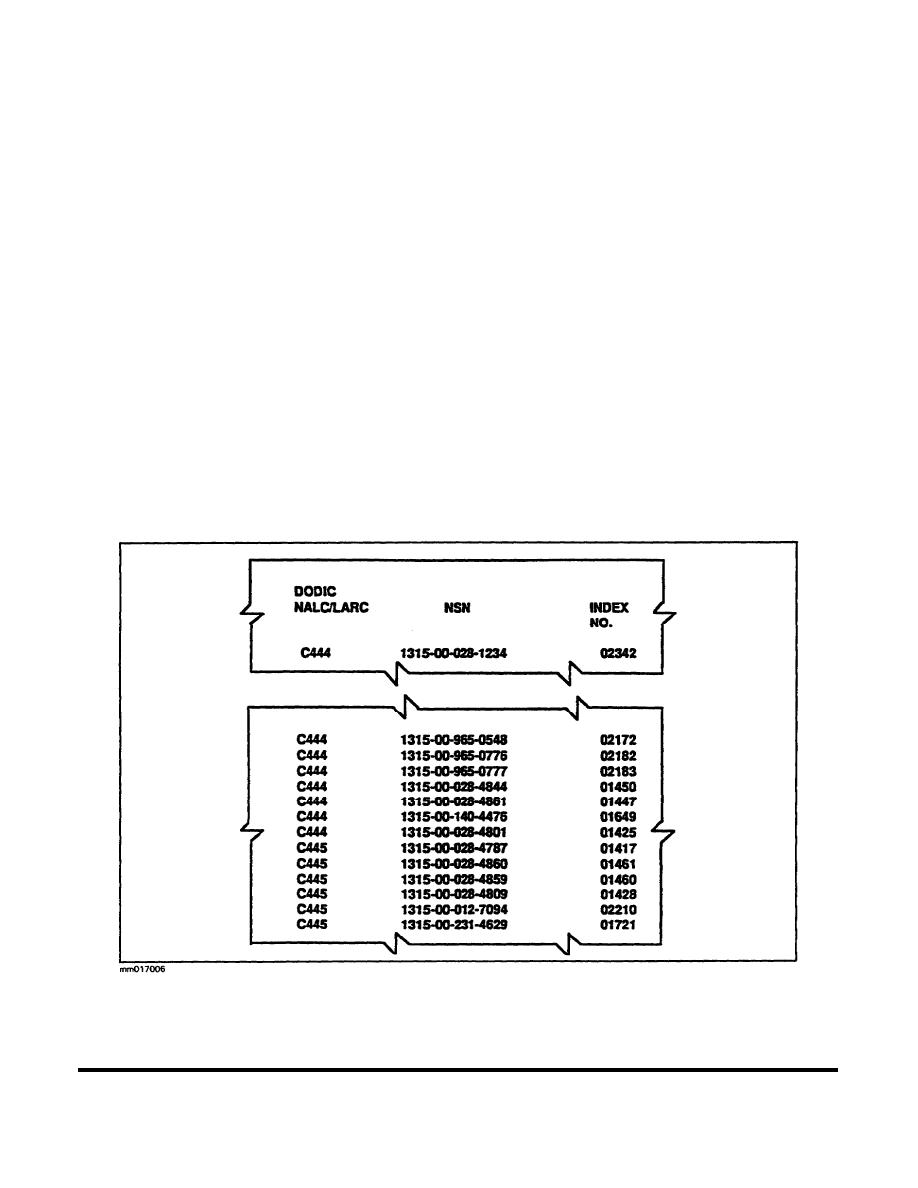
NEW until the safe limit is reached. Remember, you must consider both the blast effect and the fragment
distance. You must include the explosive weight of your igniting explosives in the NEW total.
You must exercise extreme caution when using this procedure to establish the explosive limits for a destruction
site. Always refer to the most current TM 9-1300-206 and FM 5-25 in such cases. When more than 125 pounds
NEW of explosives are to be detonated at one time, you may want to consult with EOD personnel first.
The other explosive limit to consider is the NEW of ammunition awaiting destruction that may be temporarily
stored at the destruction site. This temporary storage site must be located at least the intraline distance from
ammunition and explosives being prepared for destruction. When the NEW allowed to be detonated at one time
is exceeded by the total NEW of the rounds to be destroyed, you must determine at what distance the excess
rounds must be stored. If the designated temporary storage area does not meet this required distance, the number
of rounds transported to the destruction site must be decreased.
For example, assume that there are 120 rounds of C445, national stock number (NSN) 1315-00-028-4860,
cartridge, 105mm, high-explosive (HE) without fuze, to be destroyed. The amount that may be destroyed at one
time at your disposal site is 80 pounds NEW. To determine the NEW of C445, refer to SB 708-4, Part IV. Locate
the DODIC, C445, in the index as shown in Figure 1-6, and then locate NSN 1315-00-028-4860. The index
number is 01461. Now locate the index number in Part VII, as shown in Figure 1-7. The NEW for this item is
found to be 7.45 pounds per round. Since the NEW allowed per detonation is 80 pounds, divide 80 by 7.45. The
result is 10.74. If you multiply 10 rounds by 7.45 pounds per round, you get a NEW of 74.5 pounds. Subtract
Figure 1-6. Sample entries from SB 708-4, Part IV.
MM0170
1-12



 Previous Page
Previous Page
